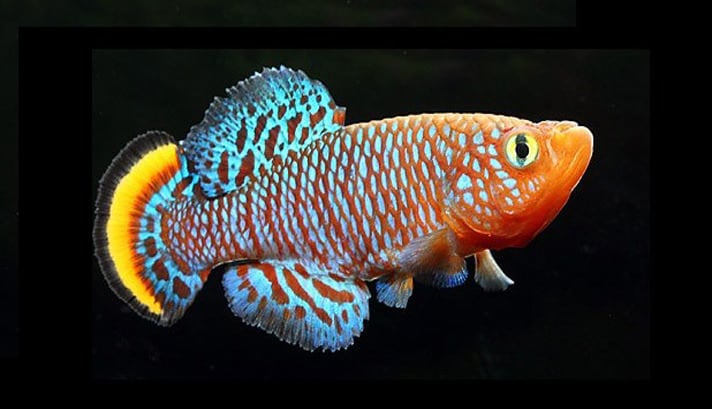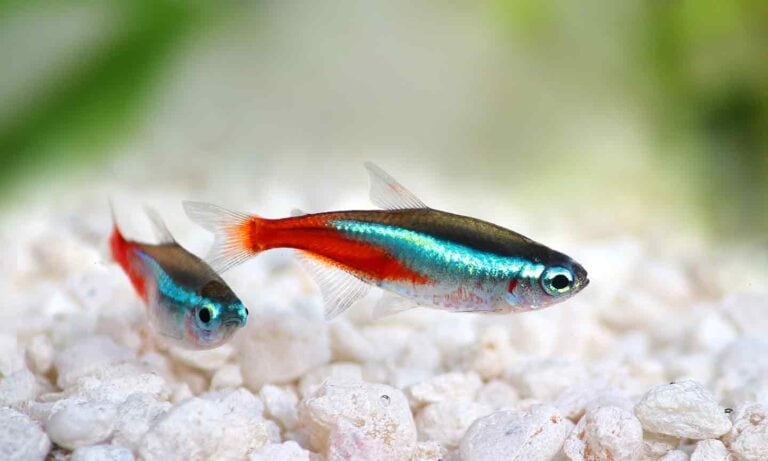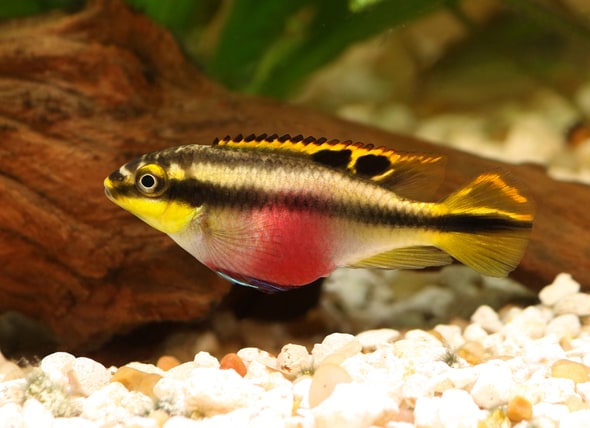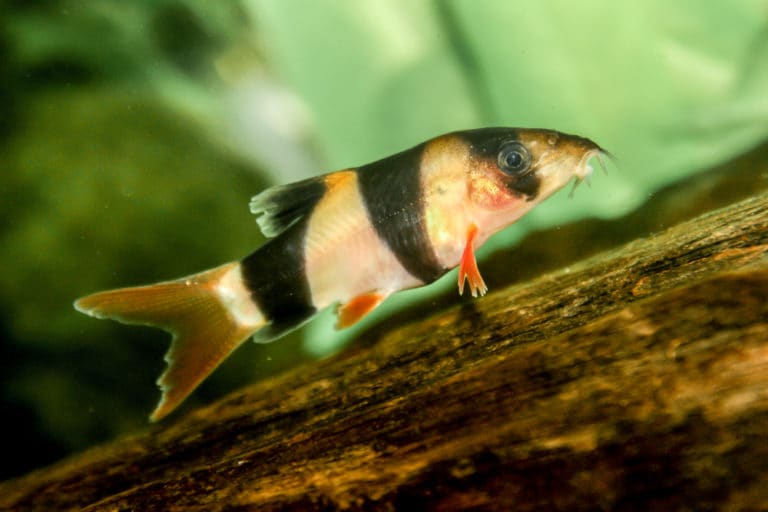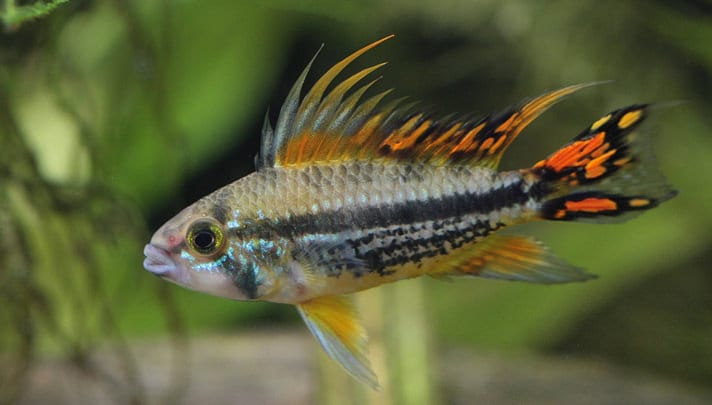Q.
My daughter has fallen in love with a type of fish called “killifish.” She wants to breed killifish but I am having a hard time finding them for sale in my area. Are they a tough fish to obtain? Are they aggressive? The name killifish makes me wonder. Also, are killifish difficult to breed? My daughter is 9 years old and I would be helping her along. Richard Saser Helena, Alabama
A.
I can see why your young daughter has fallen in love with killifish; they are very beautiful and interesting animals. The nicest part about keeping killifish is that they do not require large aquariums and can be housed and bred in small aquariums. Just so you know, the name killifish does not point to any aggressive tendencies in this freshwater fish. It is from the Dutch word “killy,” which means ditch or channel. Since many of these fish are found in areas of Africa inhabiting water holes, streams, or marshes, the name certainly fits. Killifish are sometimes mistaken for livebearers although they are not. Killies are egg layers and usually require a spawning mop in order to successfully breed in the fish aquarium.
The majority of the killifish available today are captive bred and very hardy, adjusting to a variety of water conditions. I can’t really imagine a fish that is easier to care for or more beautiful than killifish. My recommendation for your daughter would be to set up one aquarium to house several pairs of killifish together and another smaller aquarium for breeding.
The main aquarium could be 10 to 20 gallons in capacity with a 2 and one half gallon aquarium used for breeding. Killies seem to prefer softer acidic water but for all purposes you could shoot for a neutral pH value of 7. One thing that would make any killifish feel at home is the addition of live aquarium plants. Some of the hardier plants would be a good choice and incorporating java moss in the aquarium could make for a more natural spawning environment. The breeding aquarium need only contain a heater, sponge filtration and a spawning mop. Certain breeders believe that leaving the light off on the spawning aquarium can induce that behavior, though I have had good success with killies in a fully lit breeding aquarium.
To construct a spawning mop all you need is some thick cork and acrylic yarn. Be sure to choose acrylic yarn so that it doesn’t disintegrate in water. In addition to this, choose a yarn that is darker in color, say black or dark green, to make it much easier to spot eggs. Making a thick mop of yarn attached to the cork allows the yarn to float and gives the killies easy access to the mop.
Researching on the internet how to make a spawning mop turns up all kinds of innovative designs. After the eggs have been laid the mop can be removed or kept in the aquarium depending on the aquarist’s breeding strategy. Overall, killifish are very easy to breed and produce valuable spawns.
As for killifish being hard to obtain that is something I am not sure about. I typically see at least some variety of killifish offered for sale at nearly every fish outlet I enter. You may be seeing killifish and not realizing they are in fact killies. Some species of killifish are not nearly as colorful and eye-catching as the brighter varieties. An option is obtaining a pair of killifish from an online fish outlet. Many websites sell a large variety of these animals and will pre-select a male/female pair for you.
If you are looking for a vivid killifish for your daughter to start with, and one that is easy to breed and care for I would recommend the Golden lyretail panchax killifish (Aphyosemion australe). These animals are very attractive and easy to care for.
All in all, getting a young person started keeping killifish not only makes for a great introduction into the aquarium hobby but could lead to a life-long passion. Many of the aquarists I know started with and still keep killifish today and are downright obsessed with these gorgeous little creatures!
Posted By: Chewy Editorial
Featured Image: Via Day Donaldson/Flickr
Share:
